A similar question has been asked here:
Create geography polyline from points in T-SQL
Taking that question further, I have a table schema that looks like this:
CREATE TABLE [dbo].[LongAndLats](
[Longitude] [float] NULL,
[Latitude] [float] NULL,
[SortOrder] [bigint] NULL,
[SensorID] [bigint] NULL,
)
Sample data looks like this:
How can I convert these points into a geography polyline for each SensorID using TSQL (so that I would have a SensorID/Polyline record for each SensorID)?
I've tried using a db_cursor but I get a separate result set for each group (and I think the geographies might be the same). This code:
DECLARE @SensorID VARCHAR(2000)
DECLARE @LineFromPoints geography
DECLARE @BuildString NVARCHAR(MAX)
DECLARE db_cursor CURSOR FOR
SELECT Distinct([SensorId])
FROM [dbo].[LongAndLats]
OPEN db_cursor
FETCH NEXT FROM db_cursor INTO LongAndLats
WHILE @@FETCH_STATUS = 0
BEGIN
SELECT @BuildString = COALESCE(@BuildString + ',', '') + CAST([Longitude] AS NVARCHAR(50)) + ' ' + CAST([Latitude] AS NVARCHAR(50))
FROM [LongAndLats]
WHERE SensorID = @SensorID
ORDER BY SortOrder
SET @BuildString = 'LINESTRING(' + @BuildString + ')';
SET @LineFromPoints = geography::STLineFromText(@BuildString, 4326);
SELECT @LineFromPoints As 'Geomerty', @name As 'SensorID'
FETCH NEXT FROM db_cursor INTO @name
END
CLOSE db_cursor
DEALLOCATE db_cursor
Results in this:
Ultimately, I'd like to have a view returning all of the SensorID/Polyline pairs. I don't know that my current approach is going to work. I would appreciate any suggestions or examples.

